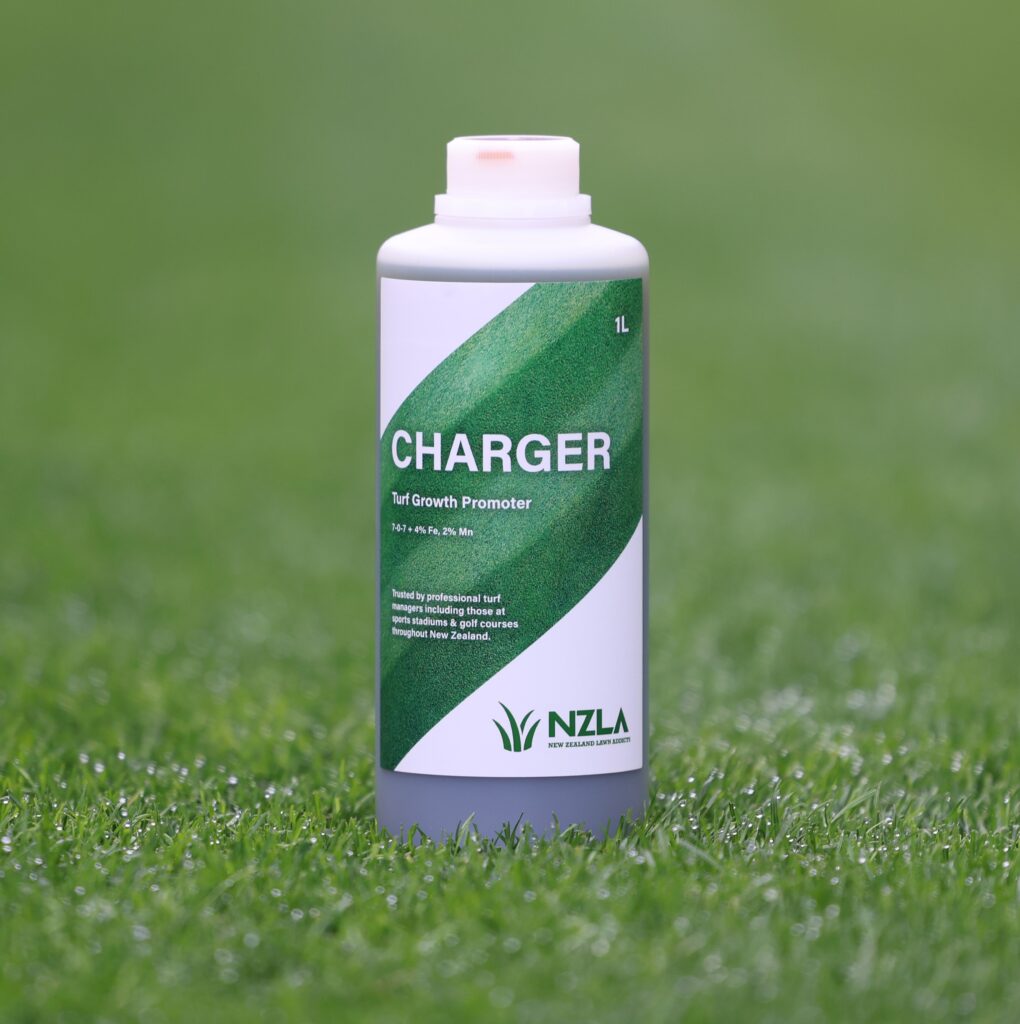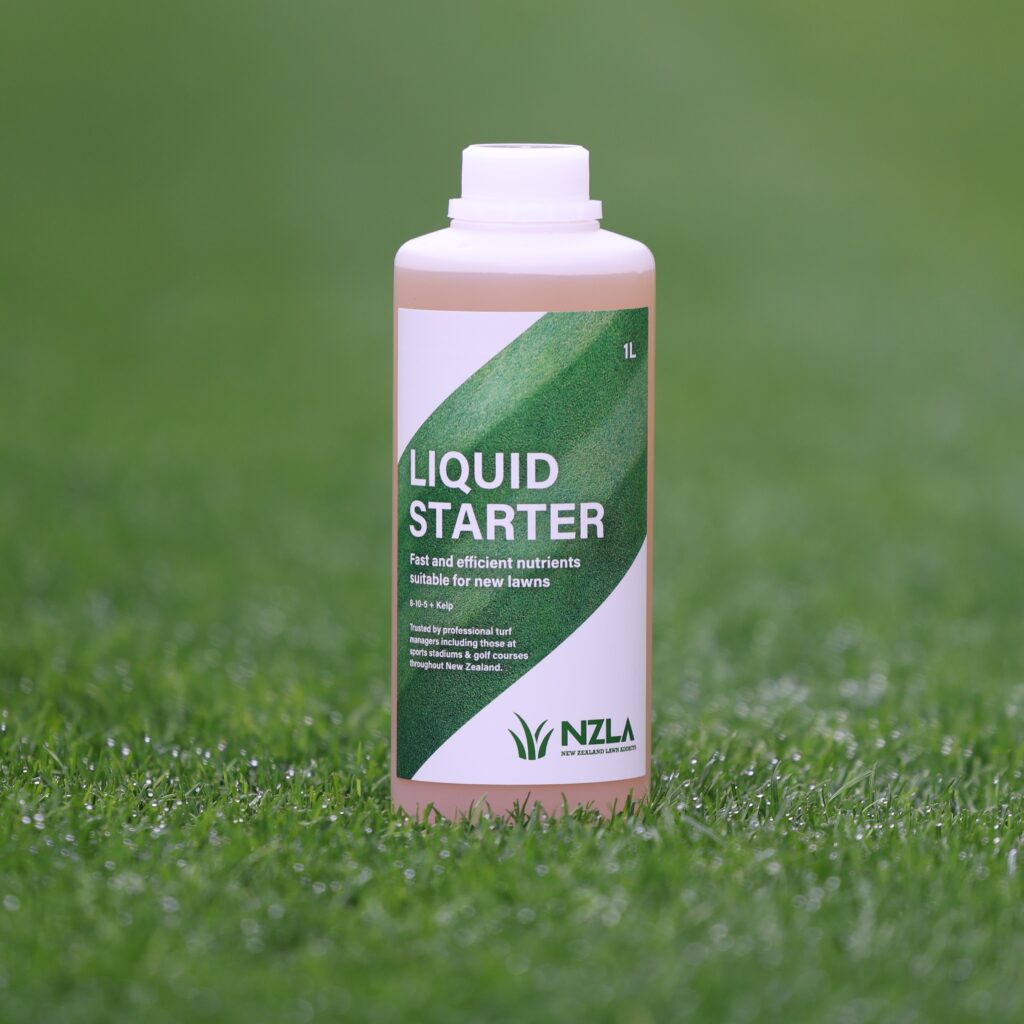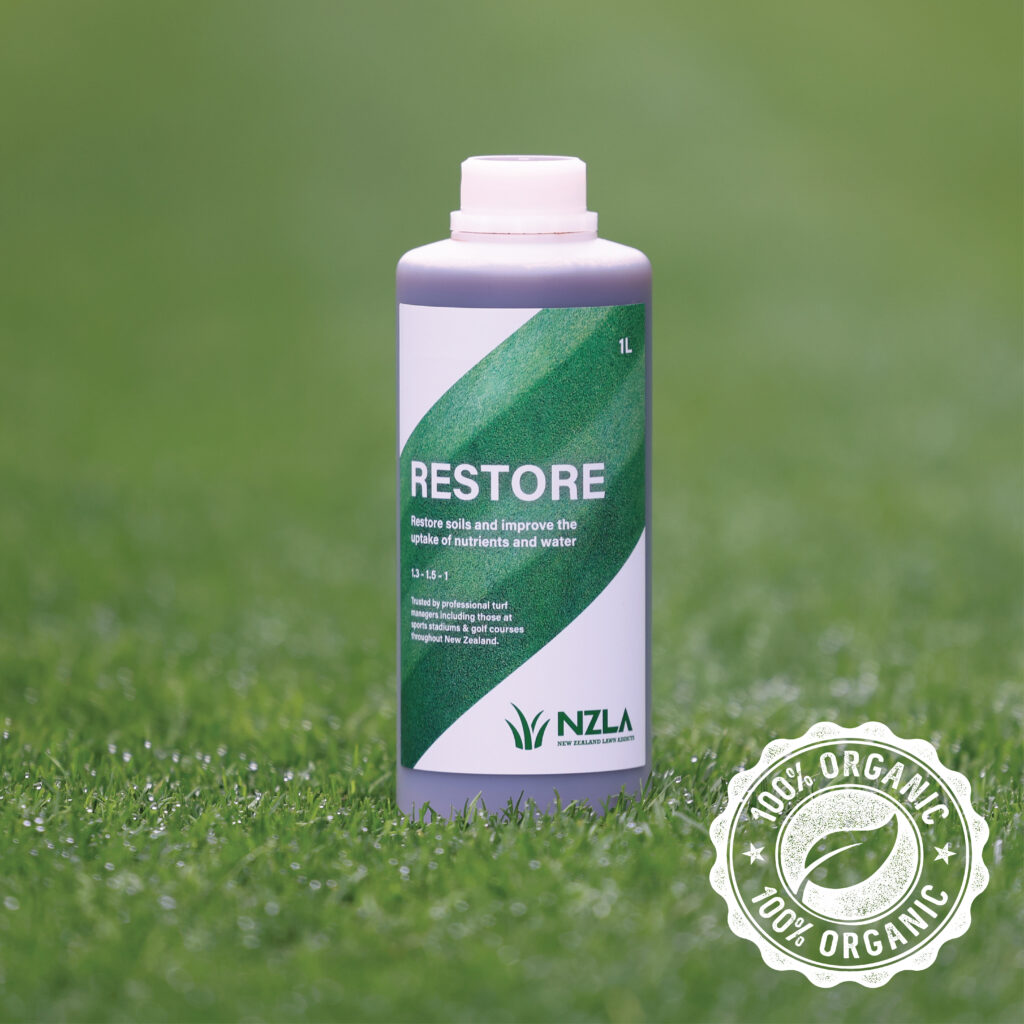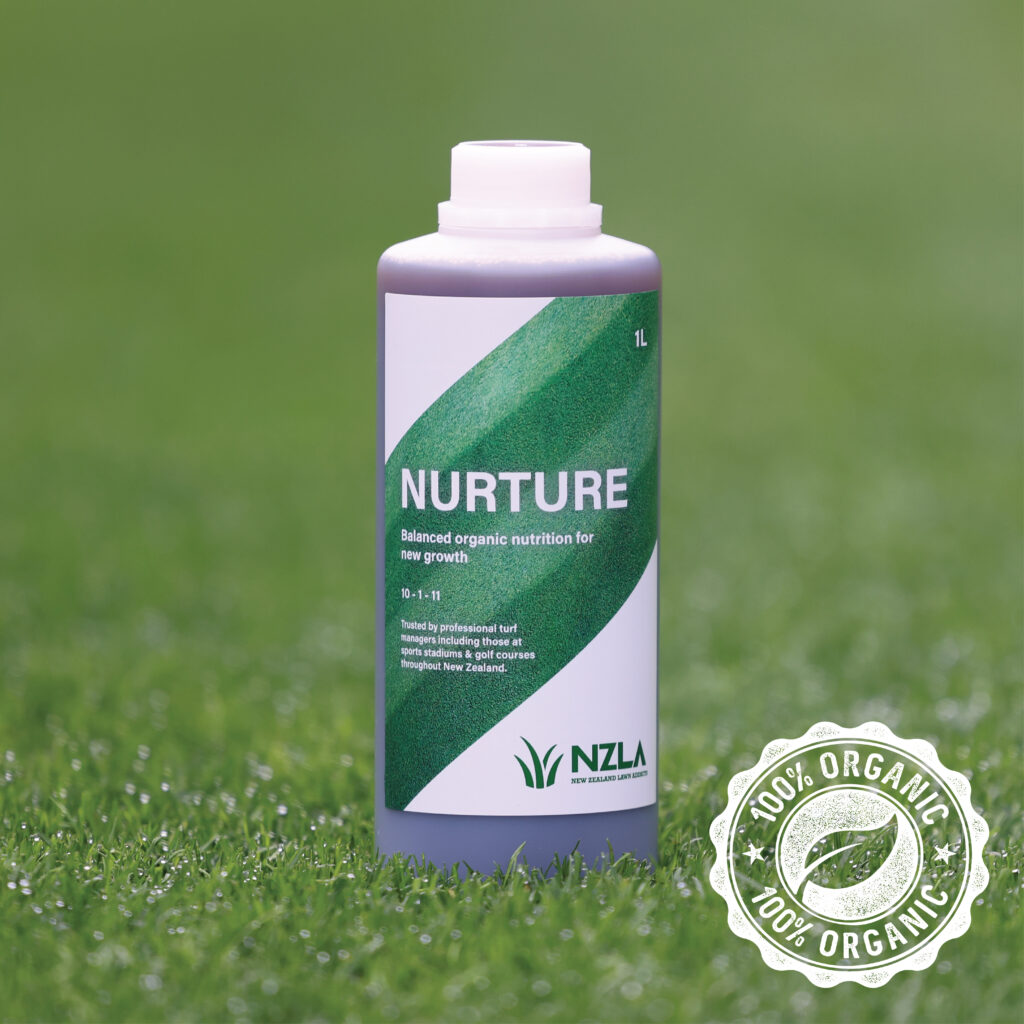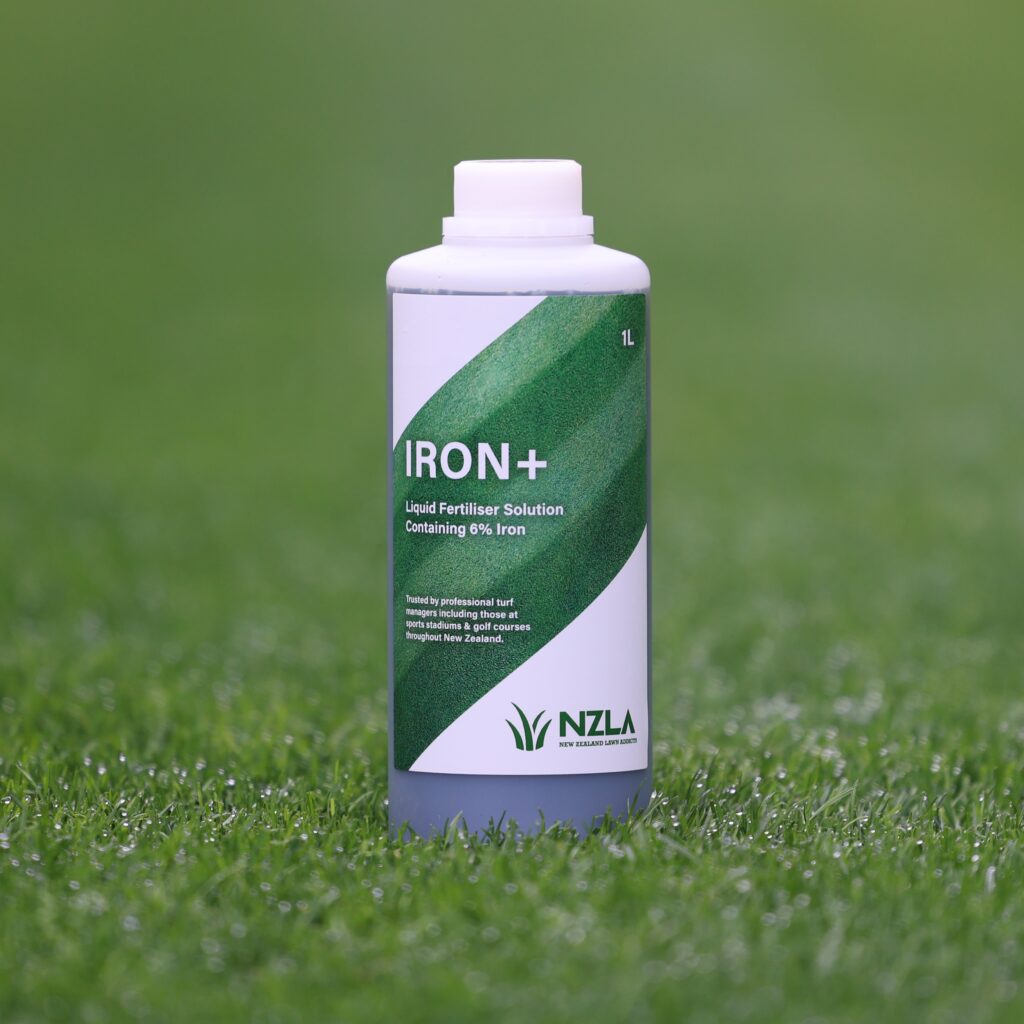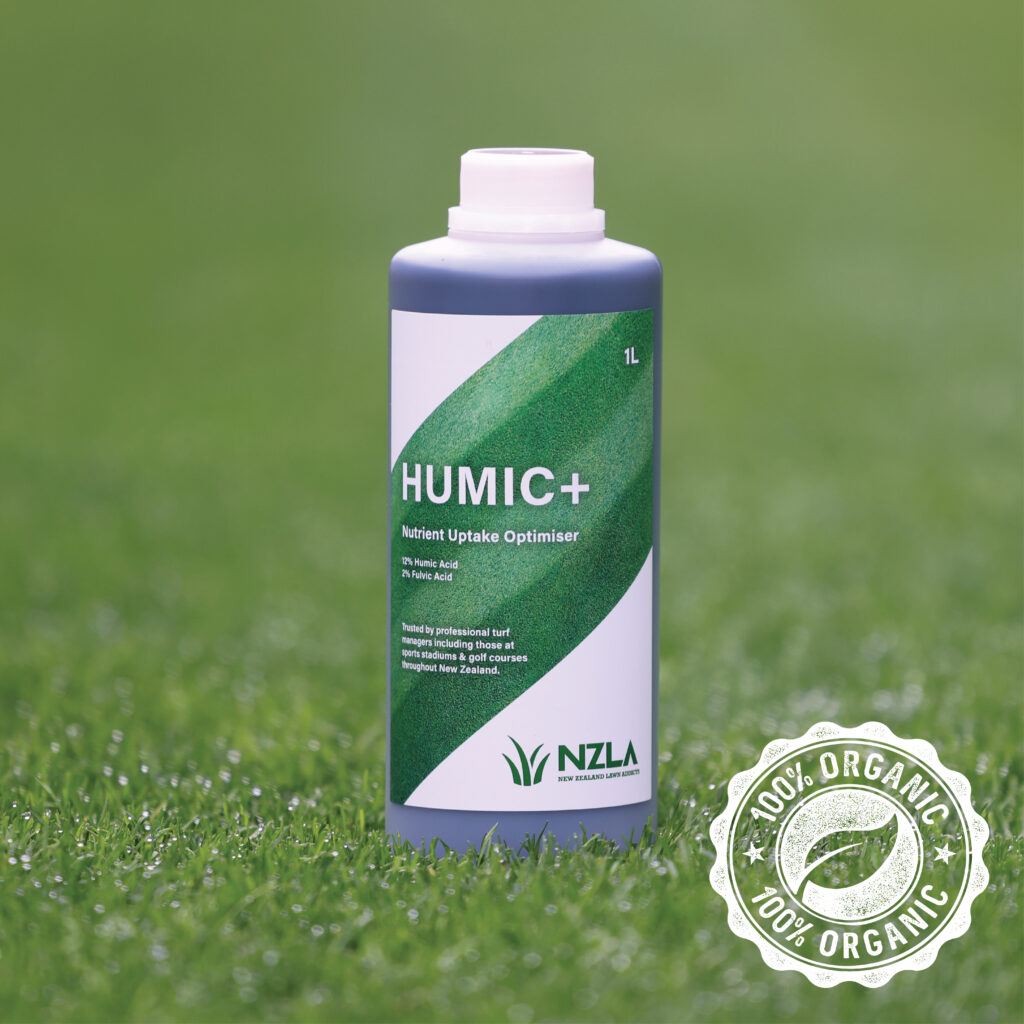Winter Foliar Feeding
Home / Lawn Guides / Winter Foliar Feeding
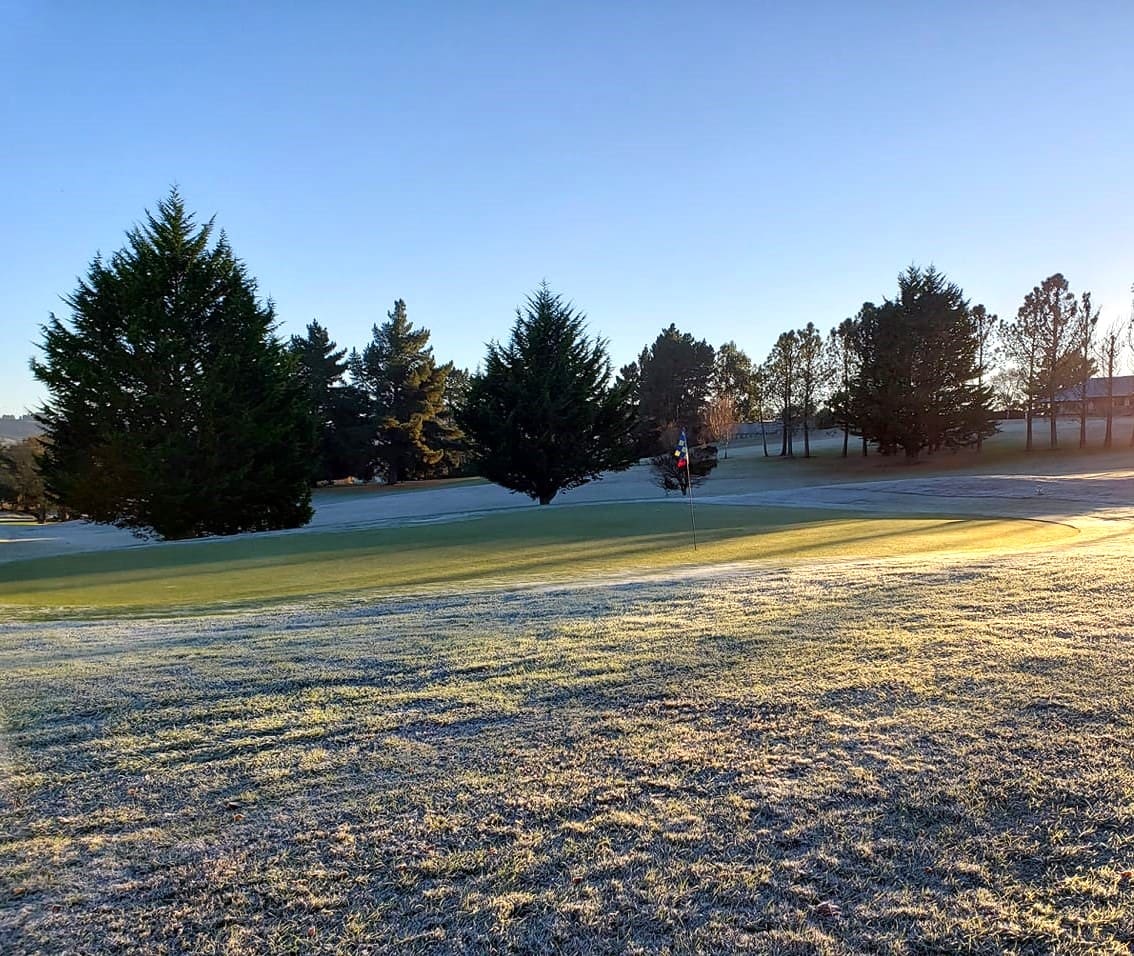
Winter Foliar Feeding
Why do we foliar feed turfgrass in winter?
The main purpose of foliar feeding during winter is to provide essential nutrients when the grass is experiencing reduced growth. During winter, turfgrass roots have a limited ability to take up nutrients from the soil due to lower temperatures and decreased metabolic activity. Foliar feeding allows the direct application of nutrients to the leaves of the grass, bypassing the roots.
Benefits of foliar applications during winter
Efficiency: Foliar fertilisers can be more efficient than granular fertilisers, as they bypass the soil and are directly absorbed by the plant’s foliage. This can result in less nutrient loss through leaching. Nutrient leaching is the process by which nutrients (such as nitrogen, phosphorus, and potassium) are dissolved and carried away from the soil by water movement.
Quick nutrient uptake: Foliar fertilisers are applied directly to the grass’ leaves, allowing the plant to absorb and use nutrients quickly. This can be particularly beneficial during the winter months, when root uptake of nutrients from the soil may be limited due to colder temperatures.
Improved winter hardiness: Foliar fertilisers containing nutrients like potassium and phosphorus can help improve the winter hardiness of the grass. These nutrients can enhance the plant’s ability to withstand cold temperatures, frost, and other winter stresses.
Nutrient storage: Some nutrients from foliar feeding can be stored within the plant tissues and used for growth and development as the grass emerges from dormancy.
When is the best time to apply granular fertiliser?
It’s best to apply the final seasonal fertiliser about 6-8 weeks before your region’s anticipated winter dormancy period. This allows the turf to take up and store the nutrients before going fully dormant for the winter months. The next time granular fertiliser should be applied is at the beginning of spring.
For more information on application timing, see the NZLA Application Guide
Avoid pushing too much growth
Popular NZLA products during winter
Pushing too much growth on turfgrass in winter can stretch and weaken the cell walls. Cold winter temperatures normally cause turfgrass to stop growing and allow cell walls to harden off. If you artificially stimulate growth during winter by over-fertilising, the grass tries to keep growing and expanding its cells. However, the cold-hardened cell walls cannot stretch easily under cold conditions. This overstretching of the rigid cell walls damages and weakens the cell structure. The result is weakened growth that is prone to injury and disease.
So while some minimal winter growth is normal, pushing excessive growth on grass during winter overly stretches and compromises the strength of the turfgrass cell walls.
We have taken the guess work out of this process with the NZLA Application Guide.
